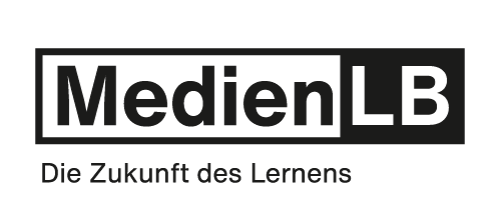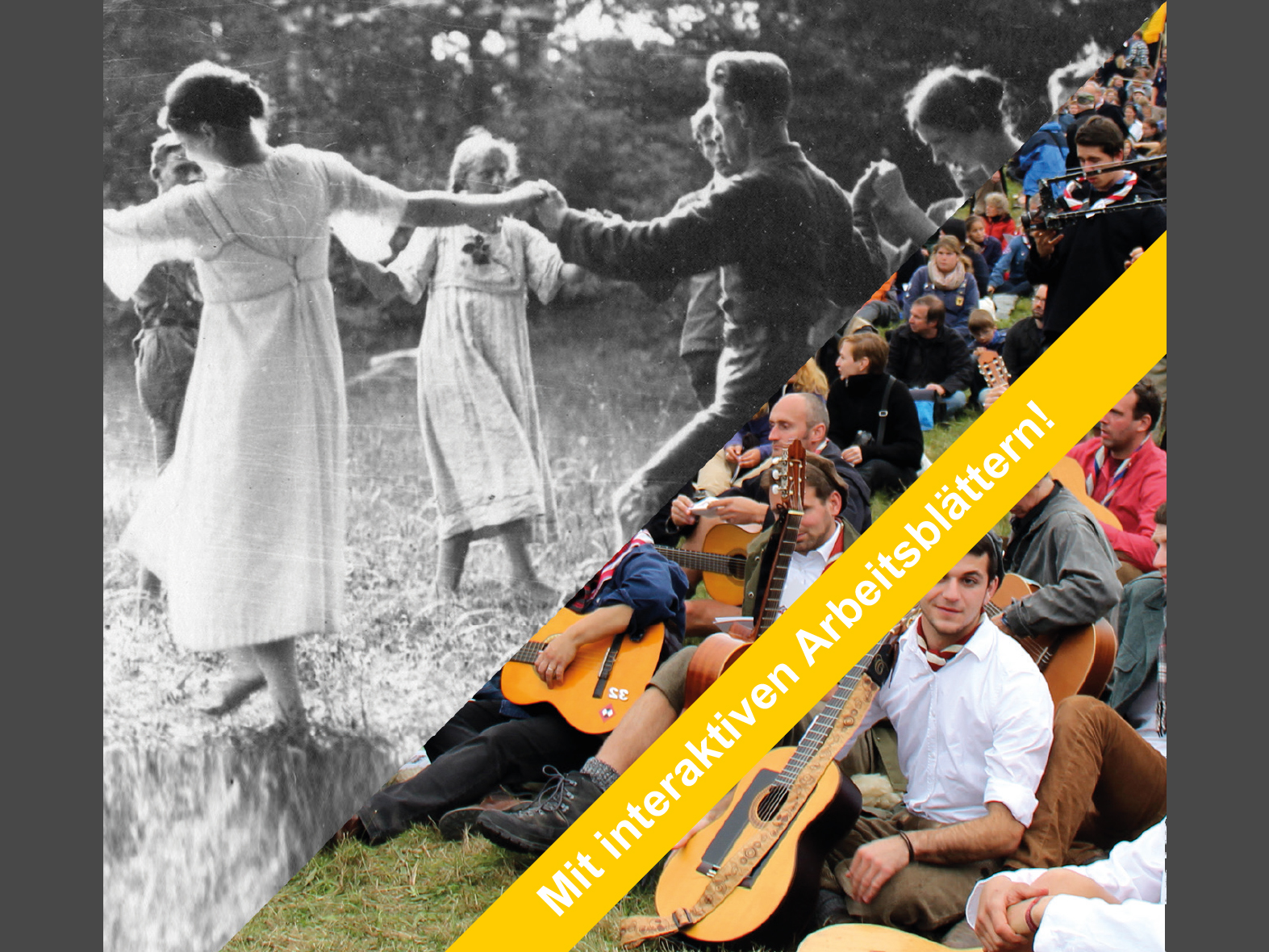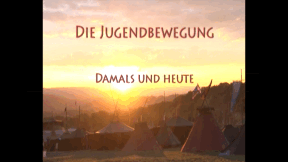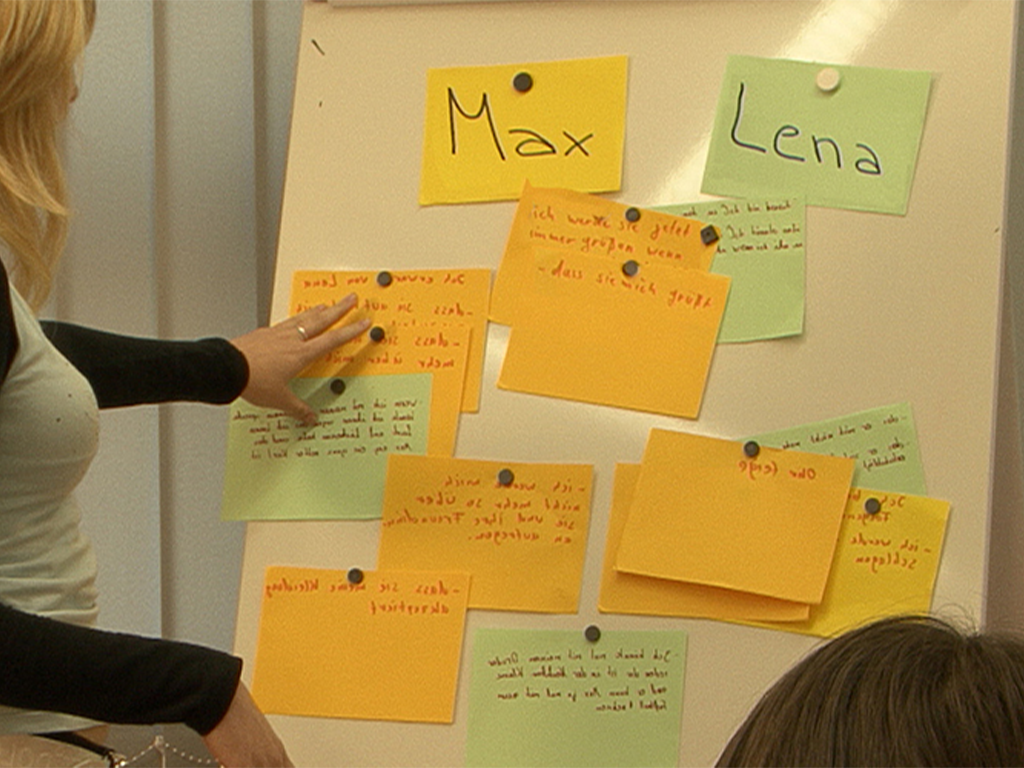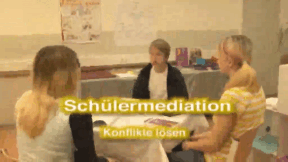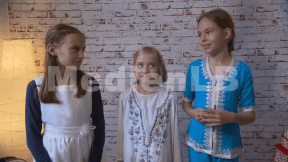 German
German
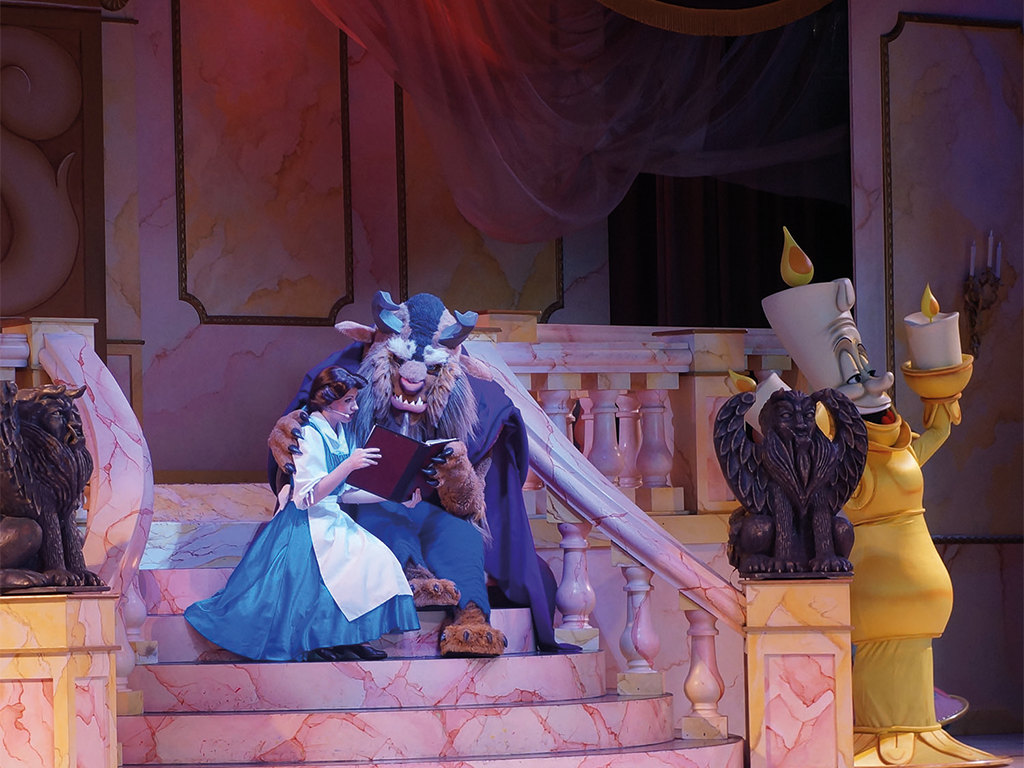

4679010 / 5565771
Theatre
Effects with Language, Light and Scenery
The Munich Kammerspiele, commissioned by the Riemerschmid family as a new theatre in the city of Munich in 1899. The word “theatre” originates from the Ancient Greek théatron and means “a place for viewing”. The art form of theatre dates back to Ancient Greece. In honour of the god Dionysus, pieces were performed, which also involved discussions, decisions and thus politics. Theatre used to play an important part. Elke Bauer, head of “Kammer4you”, the office informing on the art form of theatre, explains how this worked. Original soundtrack Elke Bauer: “With the Dionysia in Ancient Greece, and also with the theatre as we know it today, it is always about people watching other people live. This means, in the theatre stories are told, in which people try to cope with themselves, with other people, with the world. And for the audience, it is always about gaining new perspectives, new ideas for their relationships with others.” Thus, theatre opened up new perspectives that were then taken up in politics and in everyday life.
Play trailer
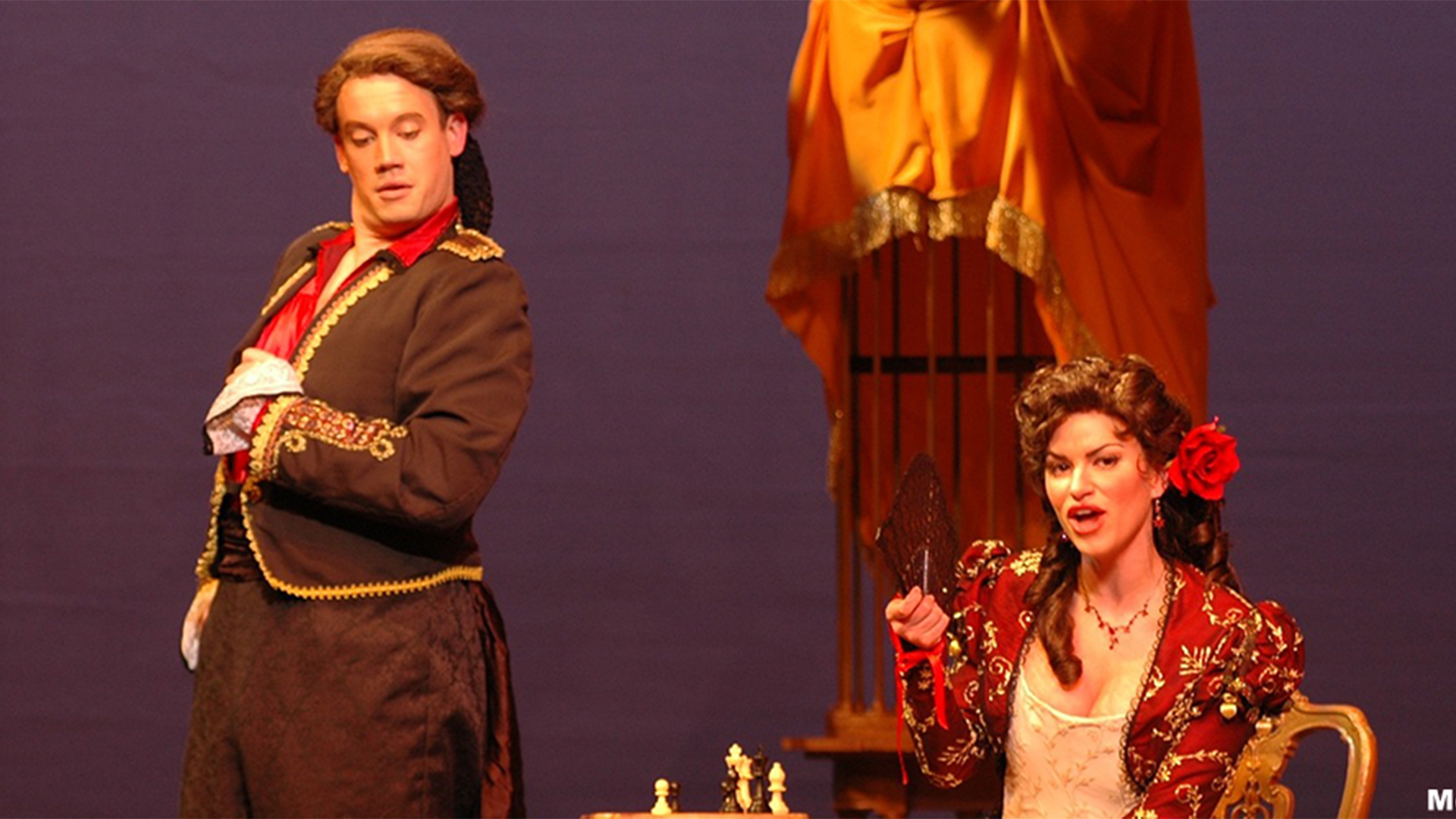
Curriculum-centred and oriented towards educational standards
Matching
Youth Movement
Dancing until your feet hurt: Here, at the meeting on the Hoher Meissner near Kassel, 3,500 participants from Boy Scout associations, youth and Wandervogel groups from all over the German-speaking region have gathered. They want to celebrate, simply get to know each other and commemorate a historic anniversary.
Peer Mediation
Lena and Max attend the 7th form. Max is new in class. During a break, Max notices that Lena and her friend are laughing at him again. Max loses his temper! He slaps Lena in the face. That hurts and Lena runs back into the classroom with a red cheek. The growing conflict between the two has escalated. Just like Lena and Max, every day pupils all over Germany have rows with each other. At the Heinrich Hertz Gymnasium in Thuringia, pupils have been trained as mediators for years. At set hours, they are in a room made available by the school specifically for mediation purposes. The film describes the growing conflict between Max and Lena and shows a mediation using their example. In doing so, the terms “conflict” and “peer mediation” are explained in a non-technical way. The aims of peer mediation and its progress in five steps as well as the mediators’ tasks are illustrated. The art of asking questions and “mirroring”, which the mediators must know, is described and explained. Together with the comprehensive accompanying material, the DVD is a suitable medium to introduce peer mediation at your school, too.



